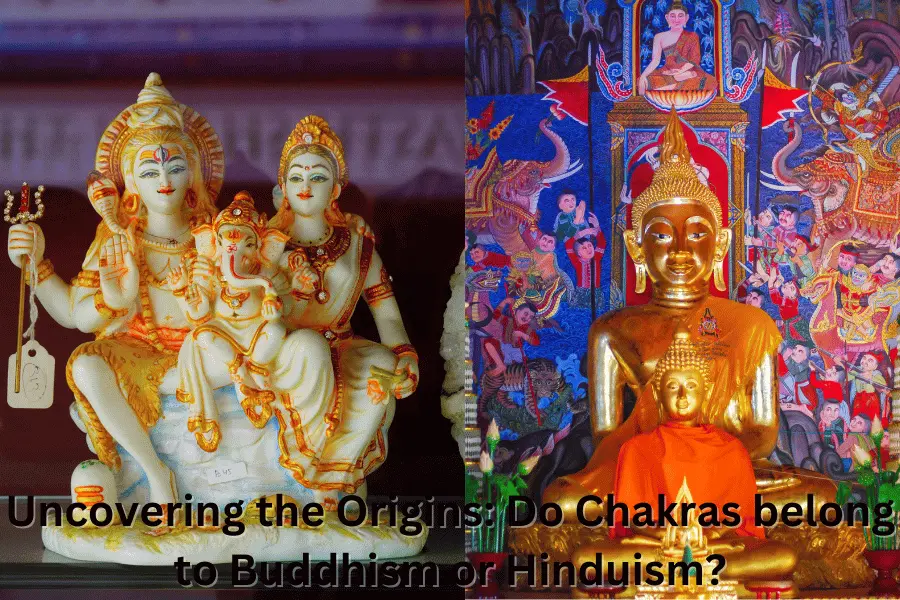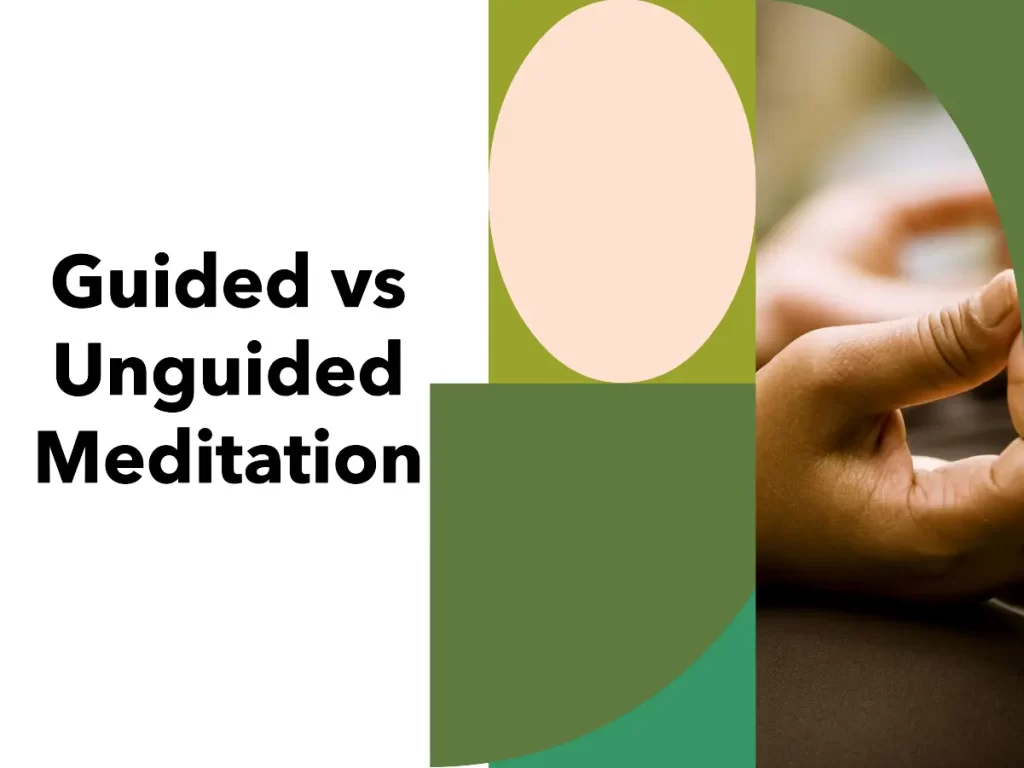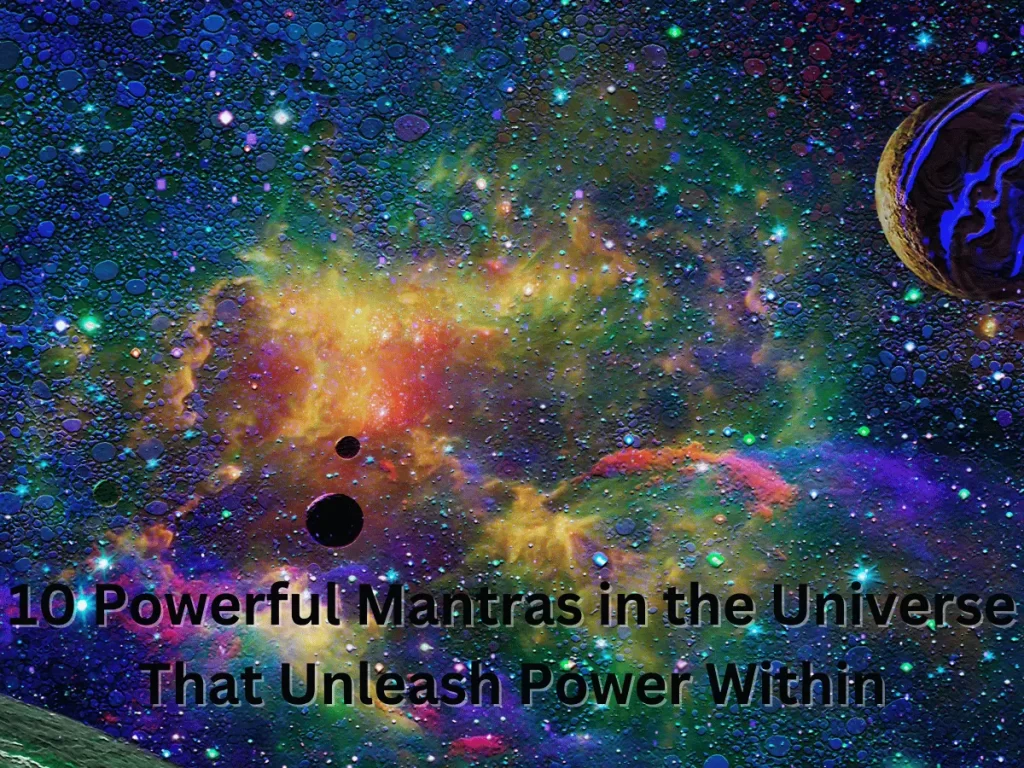Chakras in the body are the points of energy. Each Chakra connects to a body part in the human body and it thus has an impact on our well-being, mental and emotional.
Are chakras Buddhist or Hindu is a matter of debate. Hinduism is said to have recognized the chakras. In terms of what they agree upon, Buddhists and Hindus hold slightly different ideas. Buddhists believe that there are five chakras, however, Hindus believe that there are seven chakras.
What are Chakras?
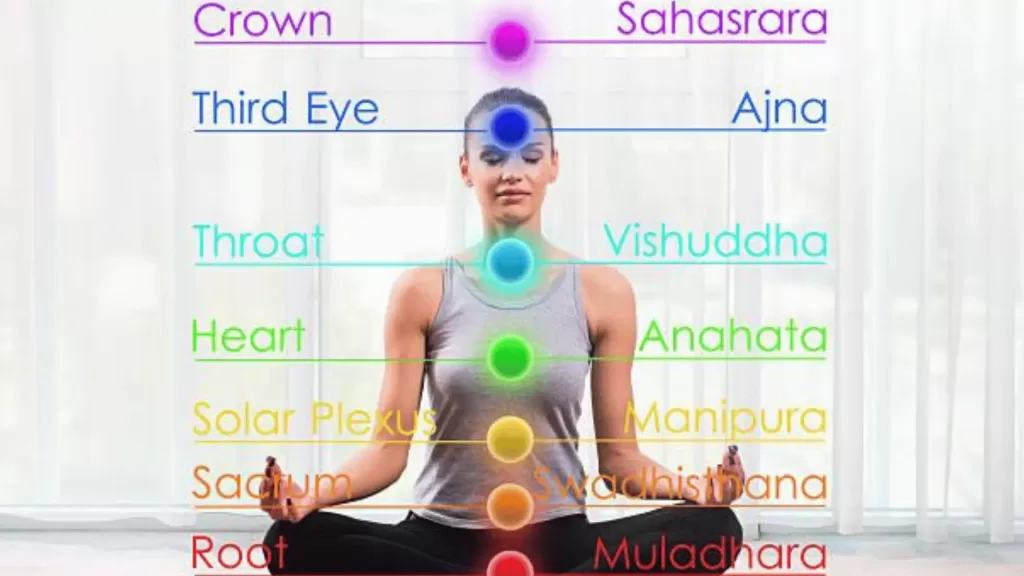

The Sanskrit term Cakra is where the word Chakra originates. It refers to a wheel or cycles, which are the focal points in Buddhism and Hinduism and are also known as tantras.
Energy Centers in the body according to ancient texts.
As defined earlier, these are the focal points. Each chakra comprises of various organs or nerve bundles and thus we call them the energy points. When open, helps the body positively.
7 main chakras align with nerve plexuses and glands
Each of the seven chakras that are spaced along the spinal column has a distinct meaning and is associated with a particular gland in the human body.
Located at the base of the spine, the root chakra (Muladhara) represents our physical connection to the outside world. The sacral chakra, associated with the reproductive glands, is located at the top of the chain, corresponding to its function.
Similarly, there are solar plexus chakra, heart chakra, and throat chakra associated respectively with the pancreas, chest, and thyroid glands.
Lastly, comes the third eye chakra (Ajna chakra) which symbolizes our spiritual awareness and the crown chakra at the top of the head connects to the pineal gland denominating the higher consciousness.
Chakras play an important role in health and spirituality
The question – are chakras Buddhist or Hindu continues to be debated, yet both religions agree that chakras are vital energy centers in the body and chakras thus play an important role
Chakras are linked to an individual’s mental health. The capacity to meet one’s basic needs, which also has an adverse effect on one’s mental health if unmet, is related to one’s interaction with the physical environment.
Chakras are closely associated not only with an individual’s bodily and mental well-being but also with their spiritual identity.
The concept dates back over 3000 years to ancient India
Originating from the early Hindu traditions, the concept of chakras dates back more than three millennia. Beyond merely the bones and muscles, the human body is made up of wheels, or chakras within.
The human body according to the older Hindu texts contains 7 main chakras. Chakra is associated with different nerves, systems, and organs in the body and has a hold on the emotional and physical being of the body.
Read Also: How to Unblock Your 7 Chakras and Restore Flow of Energy
The concept of Chakras in Hinduism
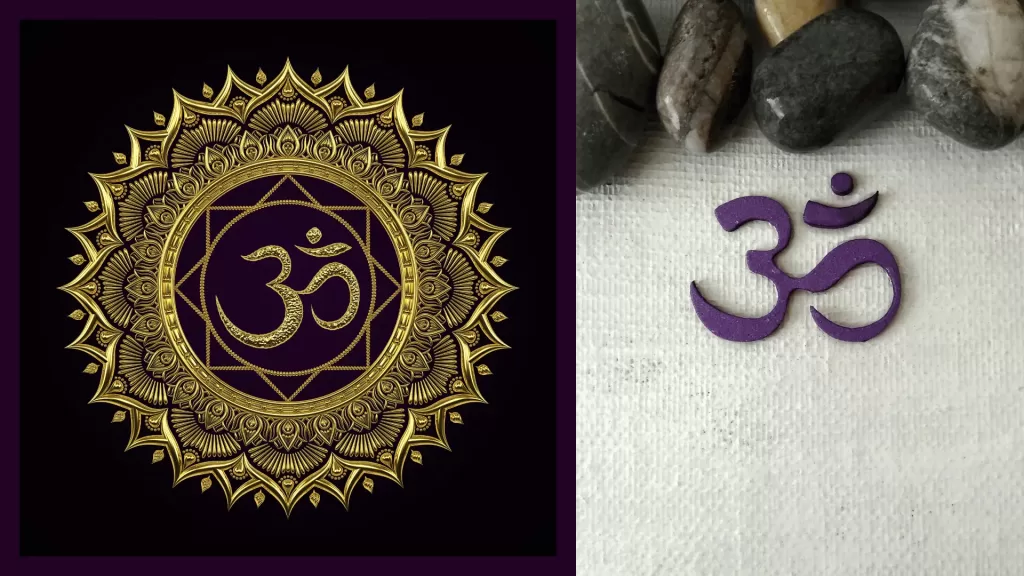

A question arises every time we talk of chakras – are chakras Buddhist or Hindu? Well, it is said to have been derived by the Hindus looking at the Hindu literature. As per Hinduism, there are a series of seven chakras, six chakras along the spine, and one crown chakra at the top located at the crown.
First mentioned in the Hindu Texts like the Upanishads (c. 1500 BCE – 500 BCE)
When we study the origin of Chakra, it was found to have originated in the Vedas and Upanishads between 1500 BCE – 500 BCE. Subsequently, references to the Shandilya Upanishad and other Upanishads were discovered.
Featured prominently in Yoga and Tantric Hinduism
Tantra yoga Is something that mainly focuses on subtle body energy or the nadis as it is commonly called. Life flows through Nadi. The energy channels or chakras are worked with in the Tantra Yoga to awaken the flow of life and try to balance it.
So, in layman’s terms, we can say that with the help of the chakras tantric tries to interconnect the mind and our physical body to promote emotional and mental well-being.
Associated with Kundalini Energy and spiritual awakening
Kundalini can be seen as a serpent, dormant in nature and it is found at the spinal base. Chakras in the human body play an important role in raising the serpent.
The Kundalini energy is raised by the tantra yoga with the help of Chakras rooted in the body. It passes through the chakras and purifies them leading to spiritual awakening.
Over 72000 Nadis (energy channels) connect to 7 main chakras
Though there are 72,000 nadis that are collectively making the psychic body, however, there are three main energy channels or nadis that are focused upon.
All of the main chakras and minor chakras are connected with the nadis.
Awakening Kundalini is said to lead to higher states of consciousness
As already explained Kundalini awakening helps in spiritual awakening and the Kundalini energy when passing through the chakras, activates it. Well. Not only in Hinduism but it is also practiced In Buddhism.
Tibetan Buddhism encompasses the reference of Kundalini yoga and thus Kundalini awakening has a defined part in the Buddhist traditions and texts. Thus, as per the Tibetan Buddhists, it is believed that the awakening of Kundalini makes the chakras even more conscious and open.
Chakras in Buddhism
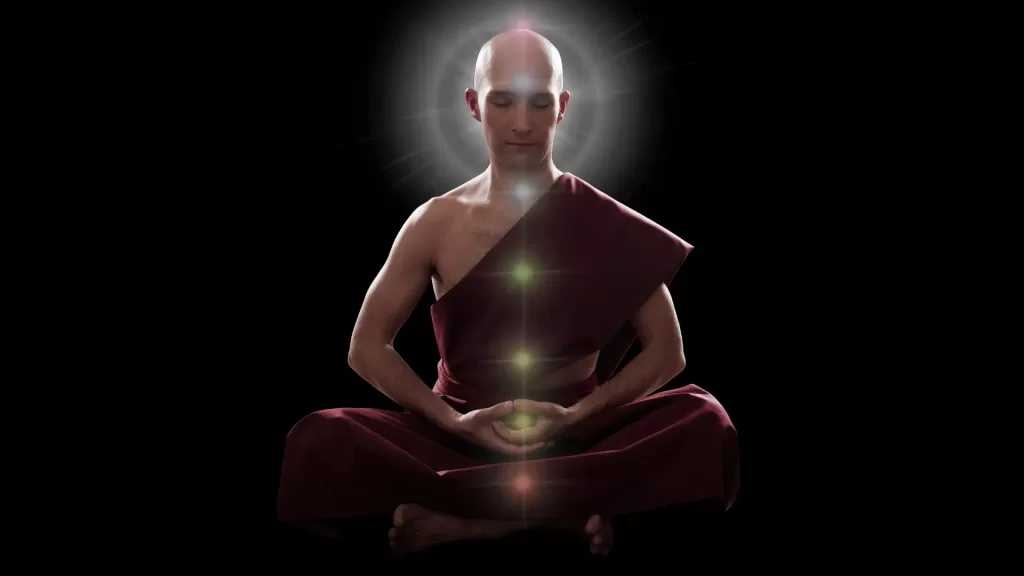

Adopted into Tibetan Buddhism in the 8th Century CE
The chakras system or the concept of chakras was first noticed by Hinduism and there in the 8th century, it started getting recognized by the Buddhist texts.
Part of Tibetan medicine and subtle body concepts
As such there is no strong evidence containing the fact that chakras have helped in improving health however, there have been people practicing the unblocking of chakras through various methods including meditation, and have experienced health benefits.
4 main Chakras, up to 32 secondary chakras
The theory states that there are four to seven main chakras, each of which is a fundamental chakra that represents a bodily part. Whereas, 32-40 secondary chakras are present in our palms or the back of the neck etc.
Related to Tibetan Mysticism and complements the meridian system
Each of the meridians is connected to an organ in the human body and similar to the chakras they do have a role in our health and in controlling our emotions. The Chakras, however, rule the Meridians.
Mysticism, in the simplest terms, would be the belief that one can reach god through our prayers is what has been followed by Tibetans. Meditation takes place to activate the Chakras and inspire spirituality in their lives.
Less emphasis than in Hinduism overall
The chakras concept is believed to be introduced by Hinduism; however, it is followed and practiced in Buddhism as well though not as much as in Hinduism.
Read Also: Unlocking Mysteries & Energy: Chakras Beyond Religion
Key differences in the Hindu Vs. Buddhist approach
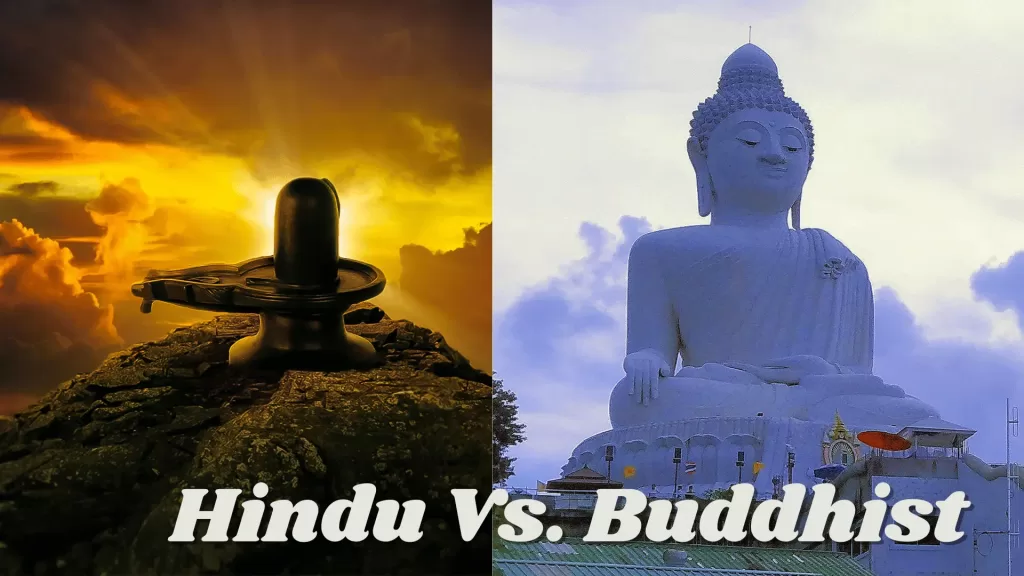

Hinduism focuses on 7 main chakras, Buddhism uses 4-6
The number of Chakras is the primary distinction between the Buddhist and Hindu approaches. In contrast to Buddhism, which views the body as having four to six chakras, Hinduism has seven primary chakras located in the spinal area.
Unlike Hinduism, Buddhism solely addresses the primary four or five chakras.
Hinduism emphasizes awakening Kundalini, Buddhism less focus
The majority of Hinduism practices Kundalini awakening since it is thought to be crucial and beneficial for enlightenment.
Buddhism does not give the idea much attention. Tantra, mantras, meditation, and other techniques are used to assist awaken the kundalini energy.
Buddhism relates chakras to winds, drops, and channels
The three primary energy conduits are as follows. Chakras assist in the movement of energy through the pathways in the body called nadis, or energy channels.
Another subtle bodily component is the drop or Bindu. It is the location where one focuses during meditation, as the name implies.
Last but not least are the subtle winds of the body which as per the old texts flow in the body through the channels. This relates to the functions of the body as is named prana.
Different yoga practices and visualizations for each other
As the beliefs differ from each other similar is the case with the practices. In Hinduism, different practices are followed to activate the chakras and awaken kundalini and when it comes to the Buddhists, they have their own set of practices.
Both being a completely different culture has their own rules and practices and the best example for this would be the basic difference of the chakras in both traditions.
Read Also: Chakras for Beginners: An Introduction to the 7 Main Chakras
The Influence of Chakras Across Traditions
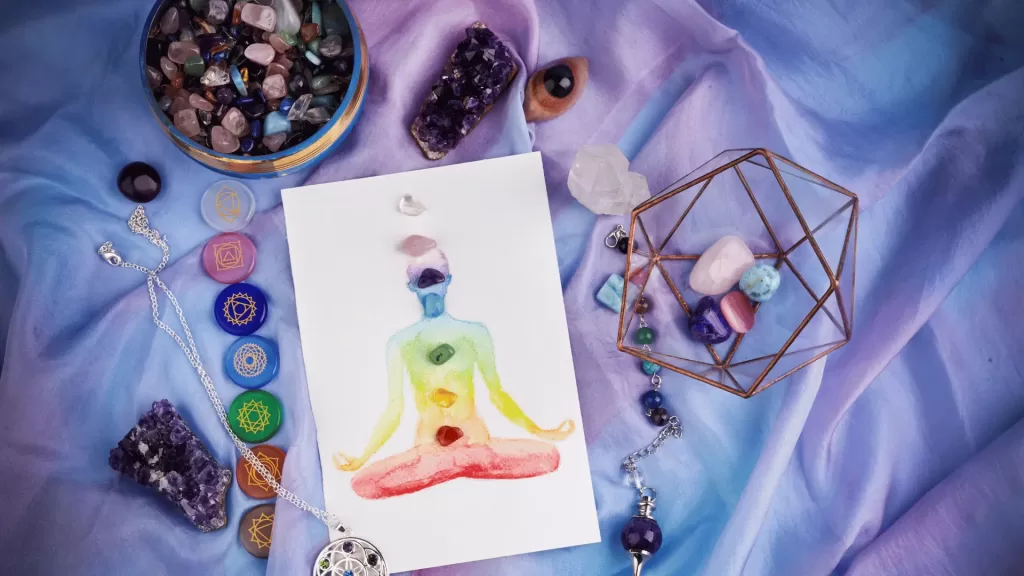

Now popular in new age and Western energy healing (over 5 million Google searches per year for “Chakras”)
In western culture, the popularity of chakras began with some Theosophists inspiring people and books like The Serpent Power.
This has now become very common which can be identified with the number of hits the word “Chakra” gets on Google on a daily basis. People have started to inquire about it and there is an excitement to know more as the ones who have practiced have benefited from it.
The concept has spread globally beyond Hindu/Buddhist origins
As the article focuses on the question of whether are chakras Buddhist or Hindu, it is quite evident that both Buddhism and Hinduism have a brief mention of Chakras. However, it is now becoming popular globally.
Jainism is one of the religions other than the common two which has the chakra concept. It is the yogic energy center as per the Jain beliefs. Now, in the modern era as the public is becoming aware of the benefits, the concept of Chakras is spreading even wider.
Core Ideas retain roots despite adaptations
Even though the chakras might differ as per the approach of Buddhism and Hinduism, the base or the core idea on which the ideology has been built is the same and there are no major changes made to it.
The vision remains the same behind both beliefs. There are some differences of thoughts on how the path is approaching but that does not impact the core idea.
Over 30% of Americans believe in the existence of Chakras
According to research, practically all Americans believe in at least one new age concept, such as chakras, astrology, telepathy, or karma. Not only do they have an understanding of the same but have started practicing the theories.
When it comes to Chakras, around 30% of the American population has held belief in it. The concept is becoming more popular day to day and is being adopted by many.
Read Also: How to Activate Chakras in Human Body (A Comprehensive Guide)
FAQ’s
- What religion do Chakras belong to?
The Vedas and Upanishads describe the chakras as having evolved between 1500 and 500 BCE. It is a philosophy that Hinduism discovered and first propagated. Later on, Buddhism embraced and deduced it.
The facts or say the beliefs of Buddhism can be a little different as compared to what Hinduism believes however the base or the core remains the same despite the modifications done.
- Are Chakra symbols Hindu?
Each of the chakra symbols has been formulated using either of the one – a square, dumpling, or triangle, a half moon, or a circle.
Every single shape has a deep meaning attached to it and it thus represents the chakras very well. Along with the geometrical shapes, it also has a number of petals associated with chakra defining something. The third element would be the color of the symbol. The color of the symbol also has a definite reason behind it getting assigned to a particular chakra.
- Which religion believes in Chakras?
In addition to the cultures of Buddhism and Hinduism, Chakras are also mentioned in Jainism.
According to Jainism, the word chakra means “wheel” and refers to an energy center. But two such faiths that firmly believe in the idea and even completely practice it are Buddhism and Hinduism.
Though the idea is not exclusive to any one religion, it is becoming more and more well-known globally, with many individuals conducting extensive searches on it.
- What does the science say about Chakras?
According to science, there isn’t any proof of this kind indicating that chakras exist. But if we concentrate on what scientists have to say, some of them have contended that it is the nervous system’s organs.
- Are chakras and meditation part of Buddhism?
Chakras are mentioned in detail in Buddhist writings and literature. Chakra activation is achieved via meditation.
According to Buddhists, there are four to six chakras. When applied correctly and carefully, the chakra theory promotes both physical and mental health.
- Are crystals and chakras used in Buddhism?
Like chakras, crystals have historically been employed in healing practices that date back thousands of years.
The truth is that crystals are used in Buddhism and many other religions, which has led to the persecution of followers of these faiths.
Coming back to chakras, Buddhism strongly focuses on four main chakras and it does practice the same for the well-being.
- Can a Non-Buddhist/ Hindu work with Chakras?
So, there is no such rule that only the Buddhists or Hindus can adopt the Chakra theory, even though this was researched by the earlier two.
In fact, if we look at the figures around 5 million people search for “chakra” on a daily basis on Google. This shows the growing awareness about it and how keen are people to know more.
As per the stats, about 30% of Americans are indulged in practicing the Chakra theory.
- Does the holy Bible explain about Chakras?
The Holy Bible makes no mention of chakras. They only practice those ideas that are related to Jesus, and all of their teachings and practices are centered around Jesus.
- How does the Chakra relate to Yoga?
Yoga and other forms of physical activity help to align the chakras by balancing the body. Thus, yoga can be sad to be connected with Chakras.

